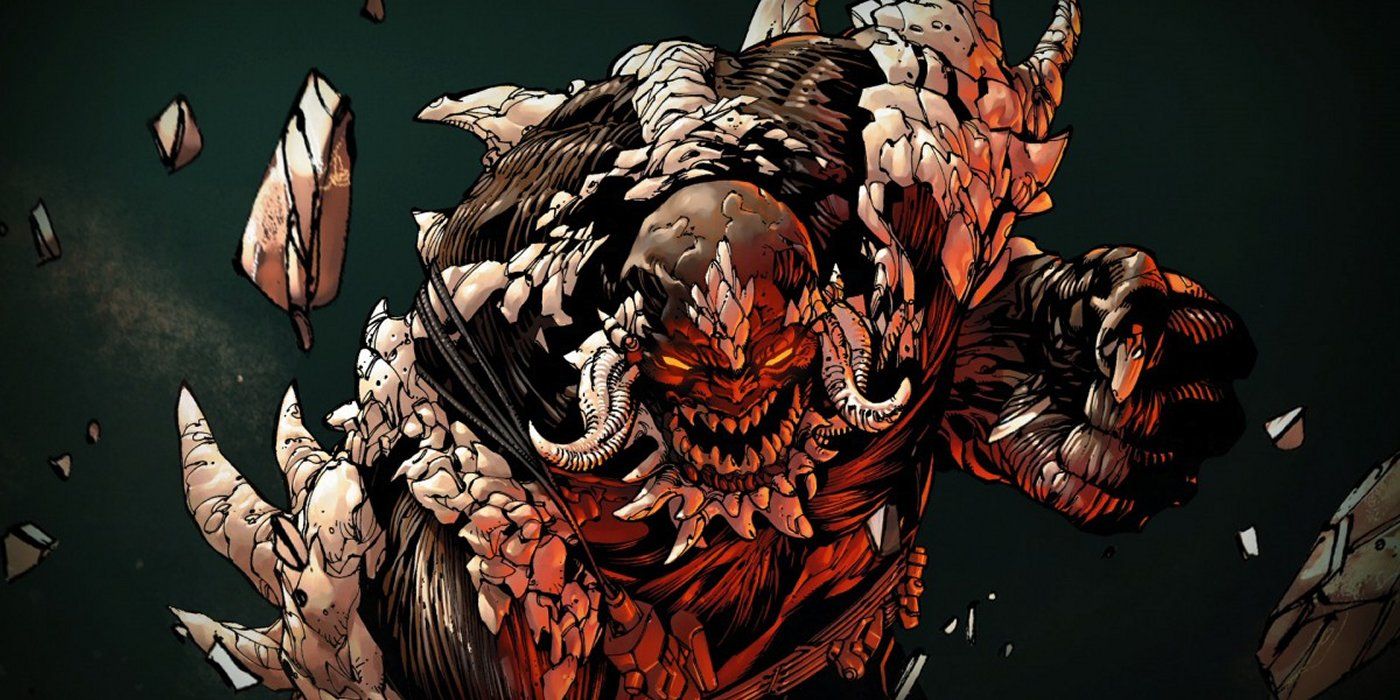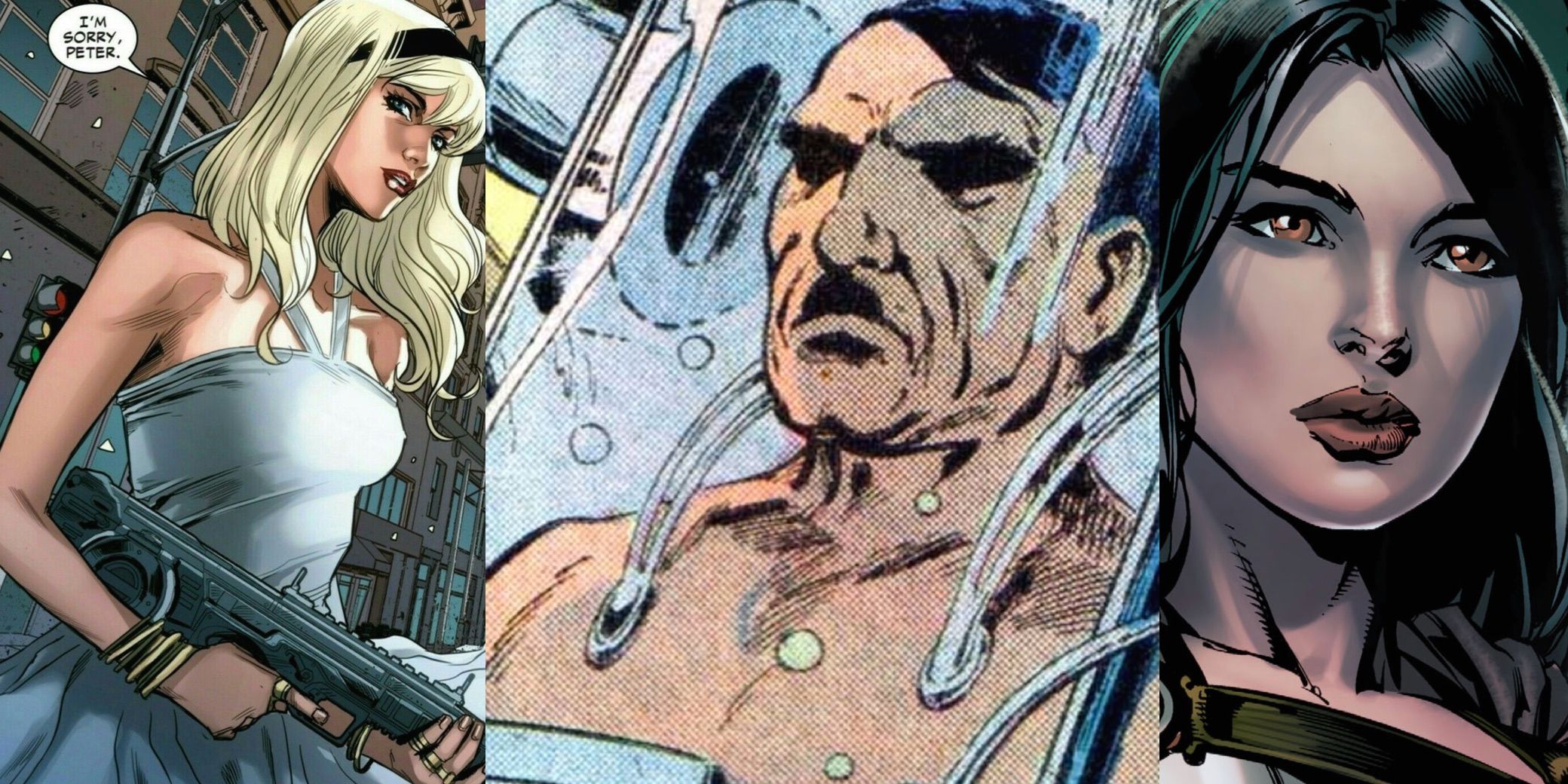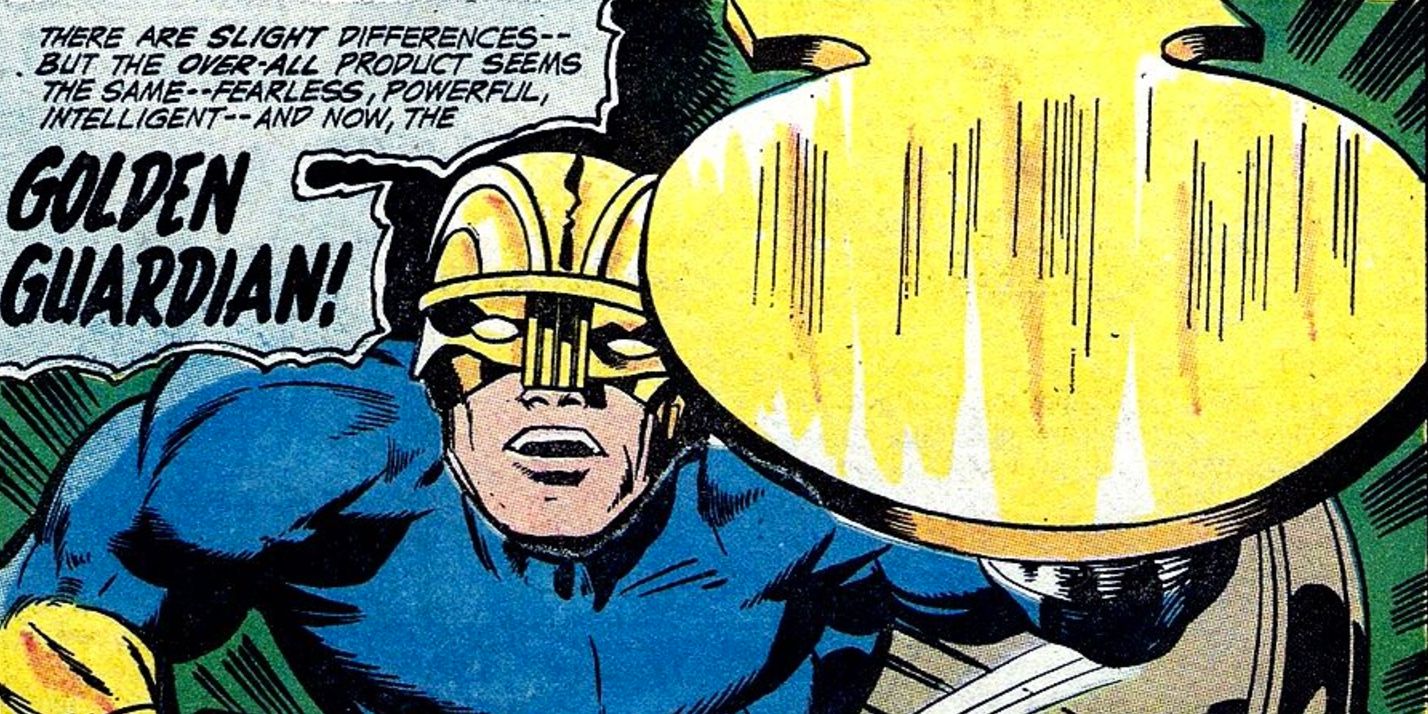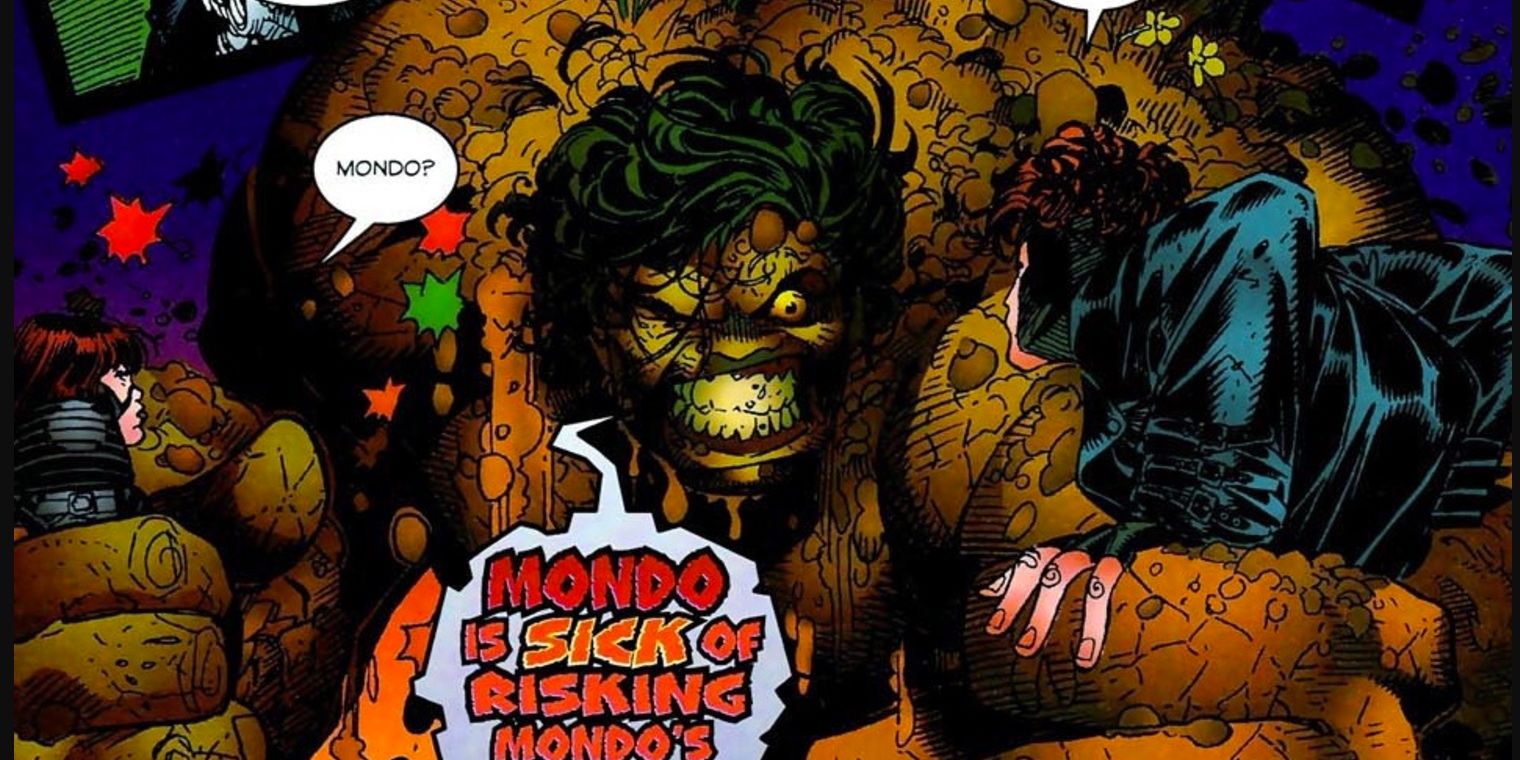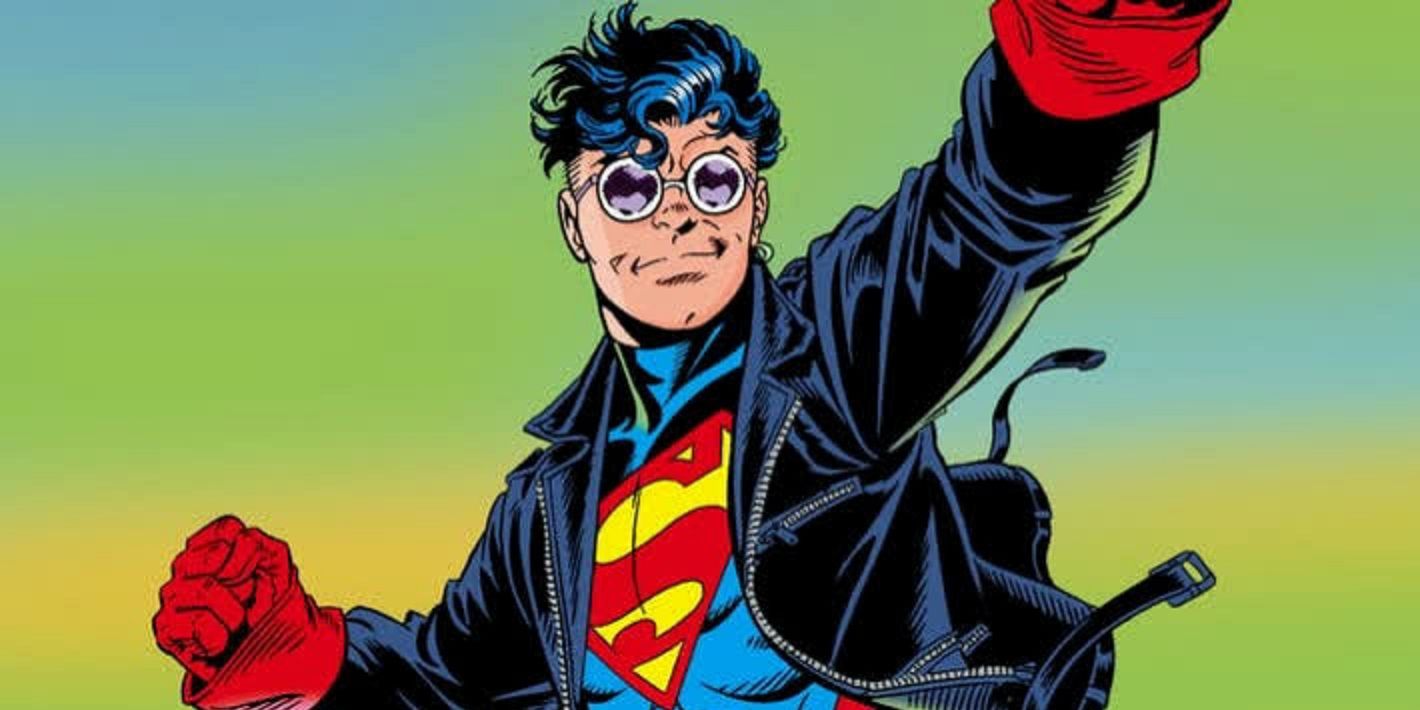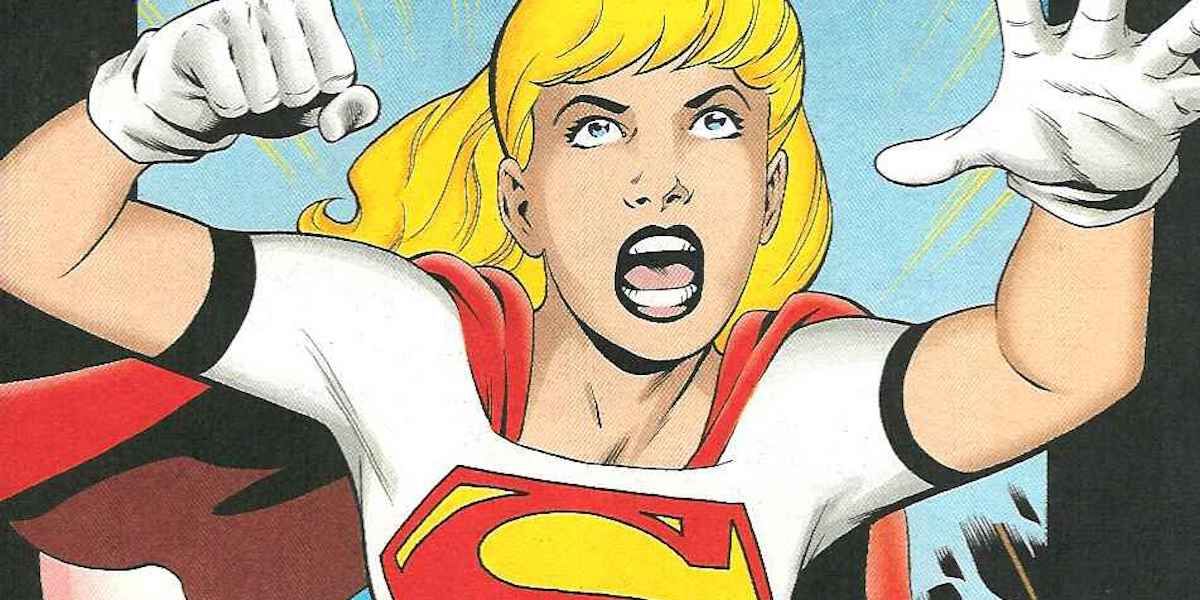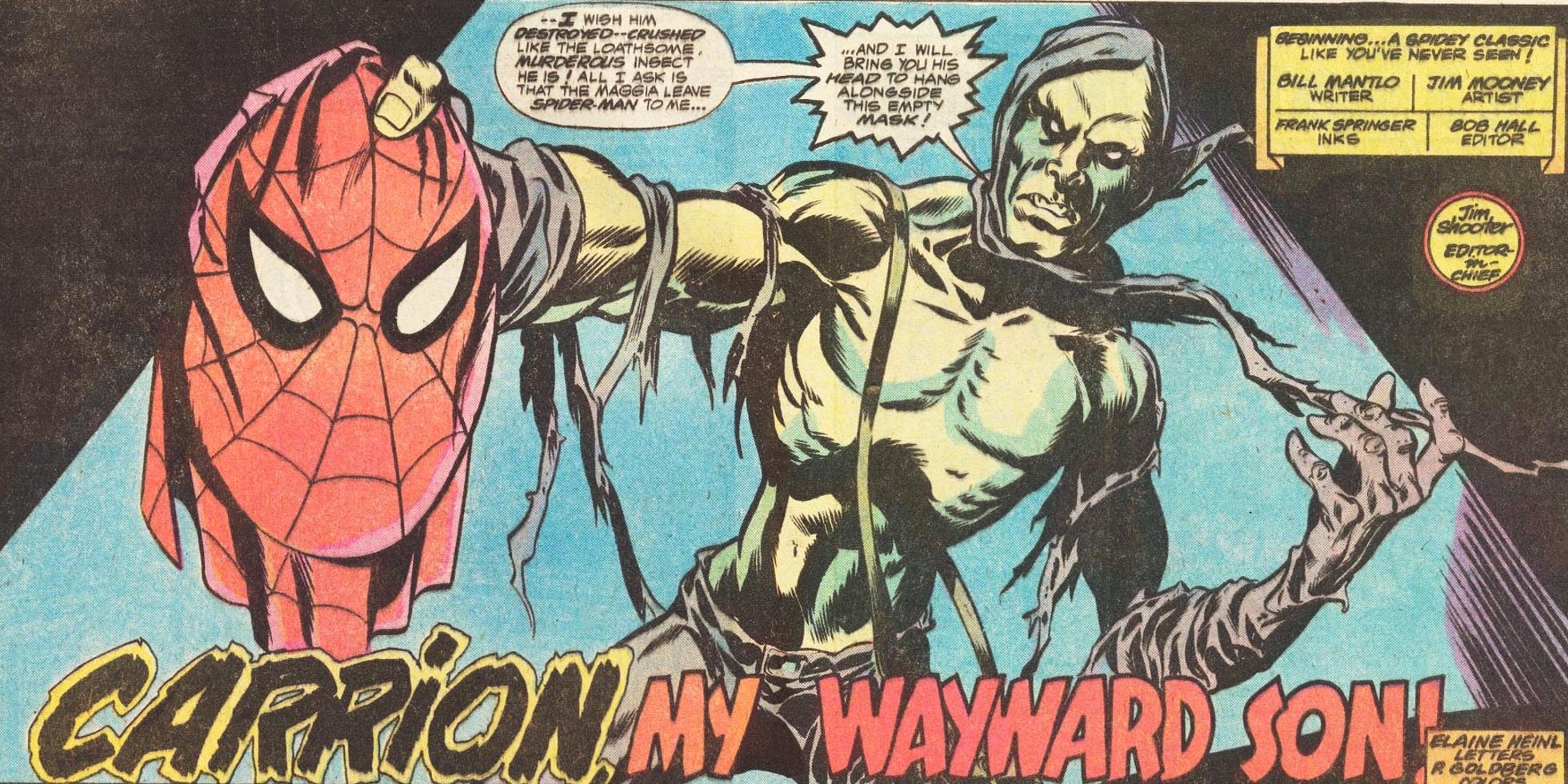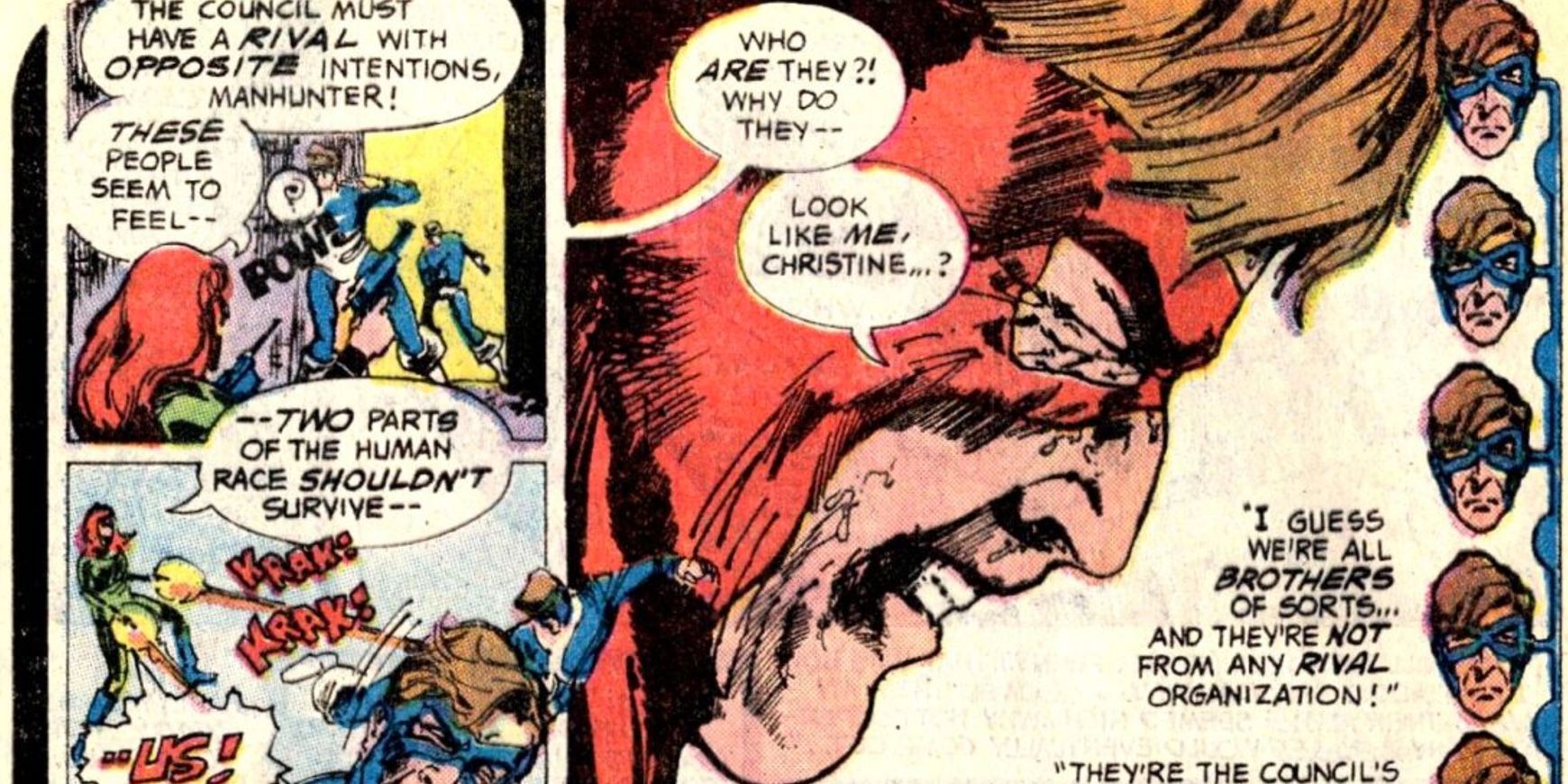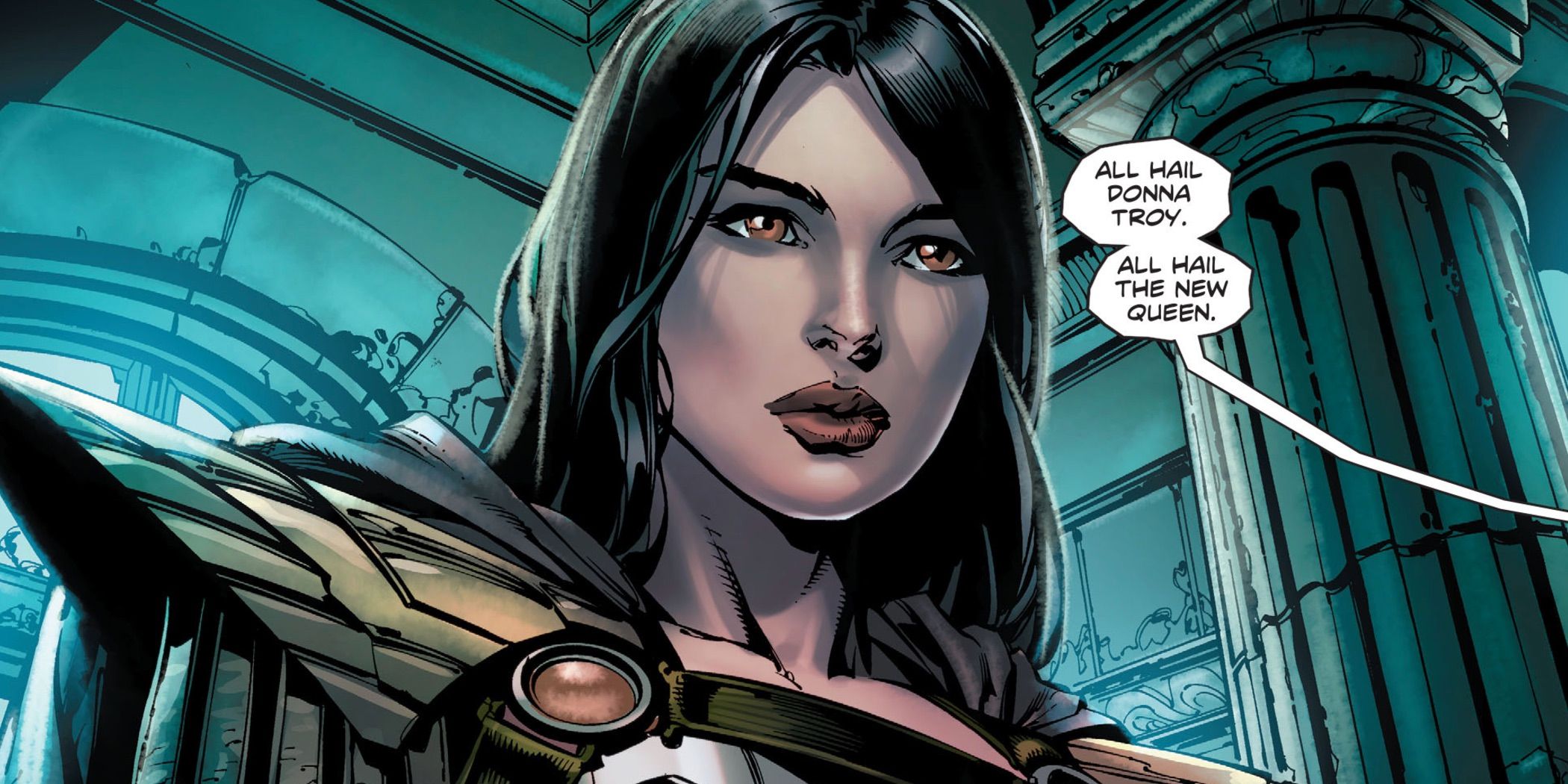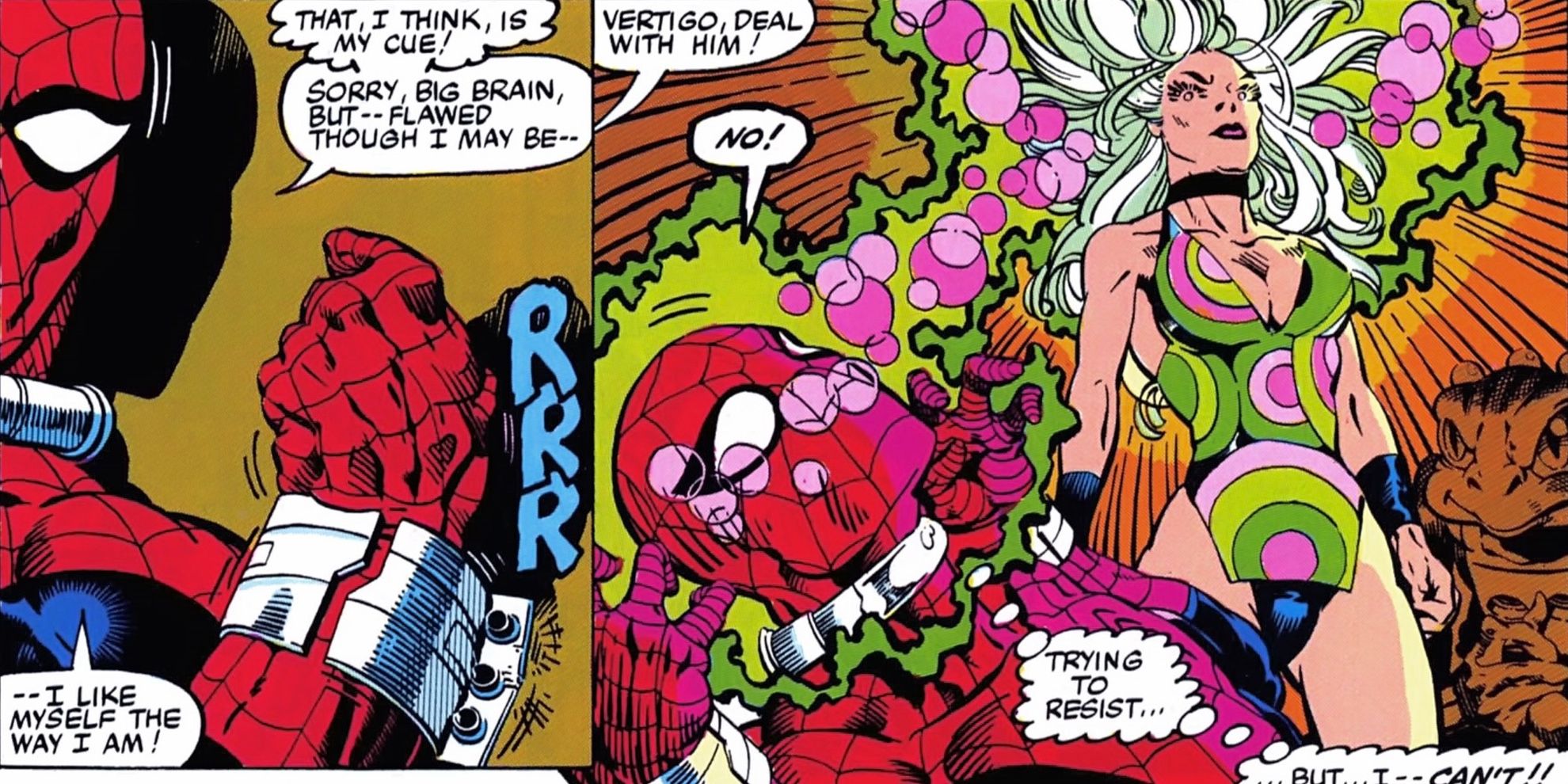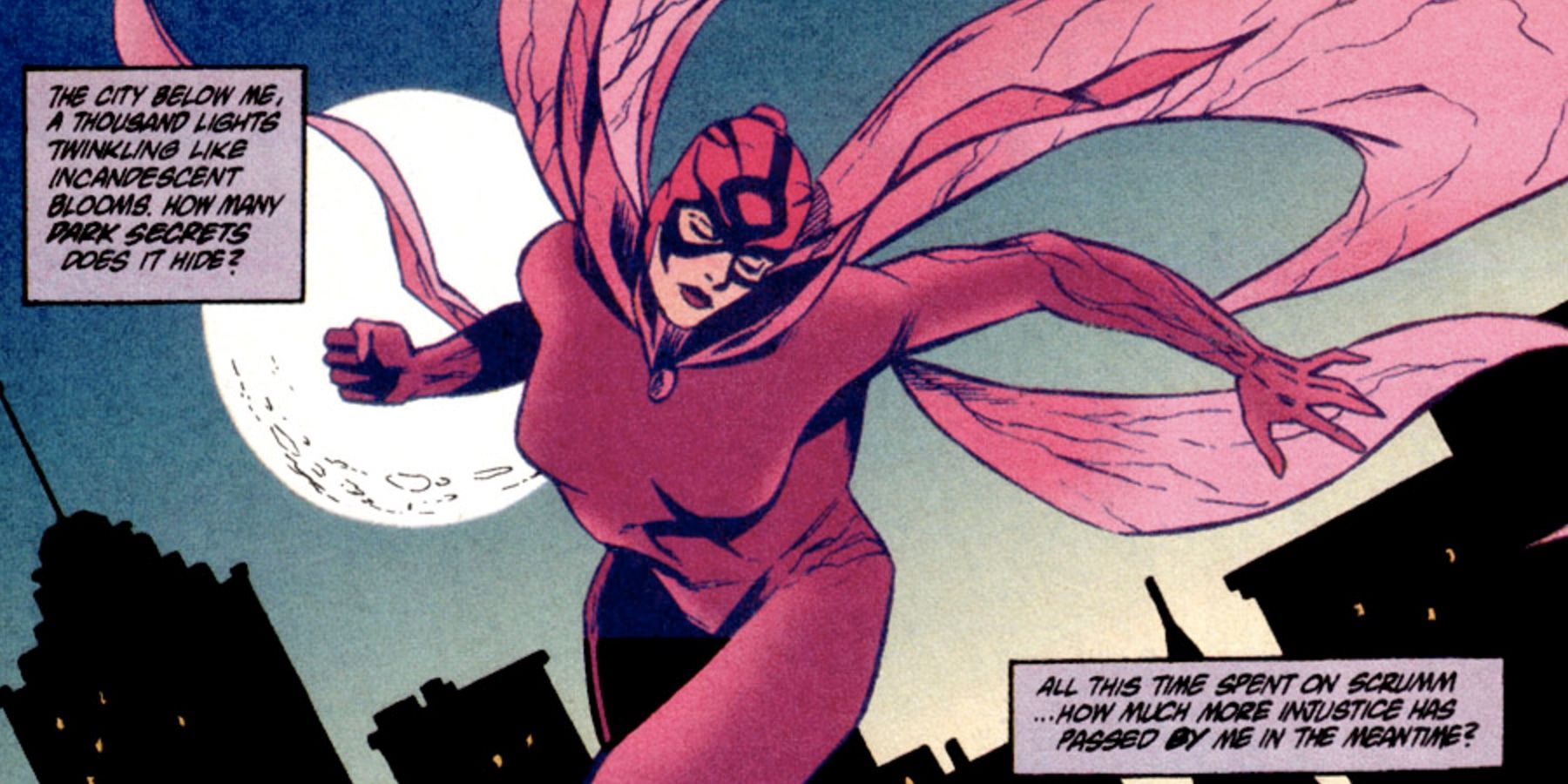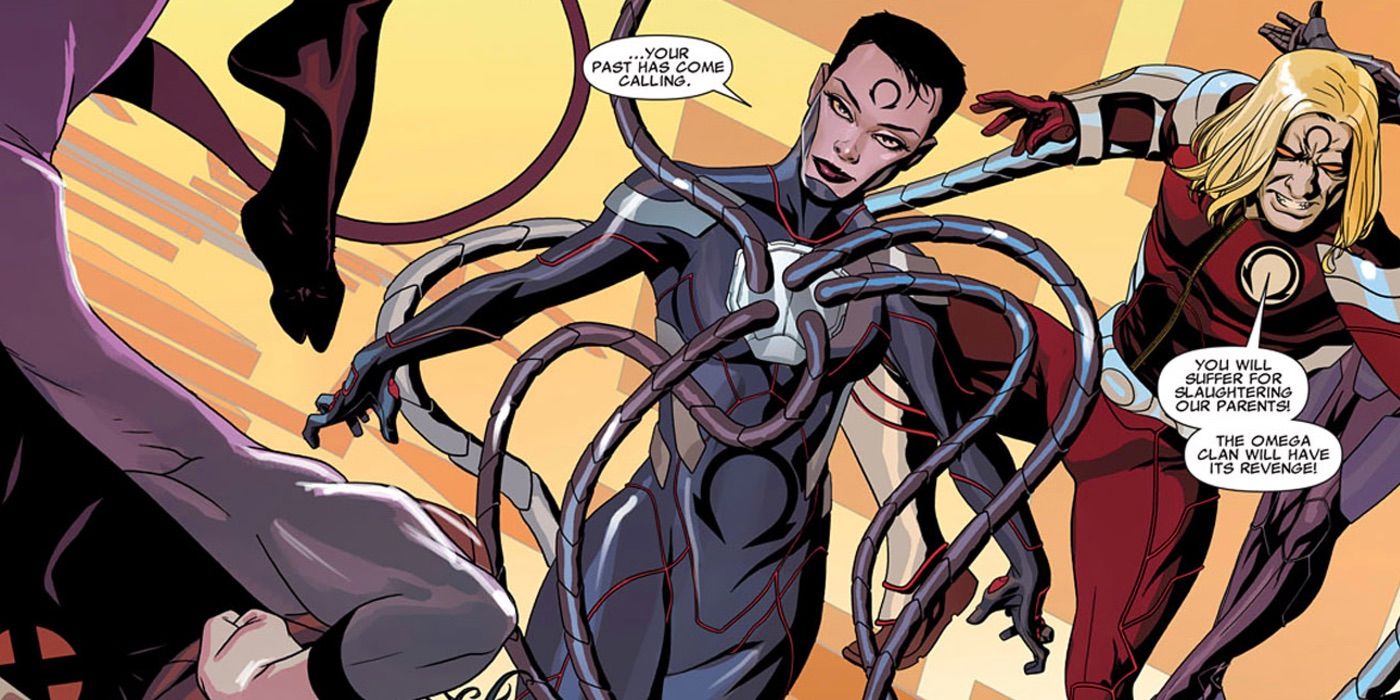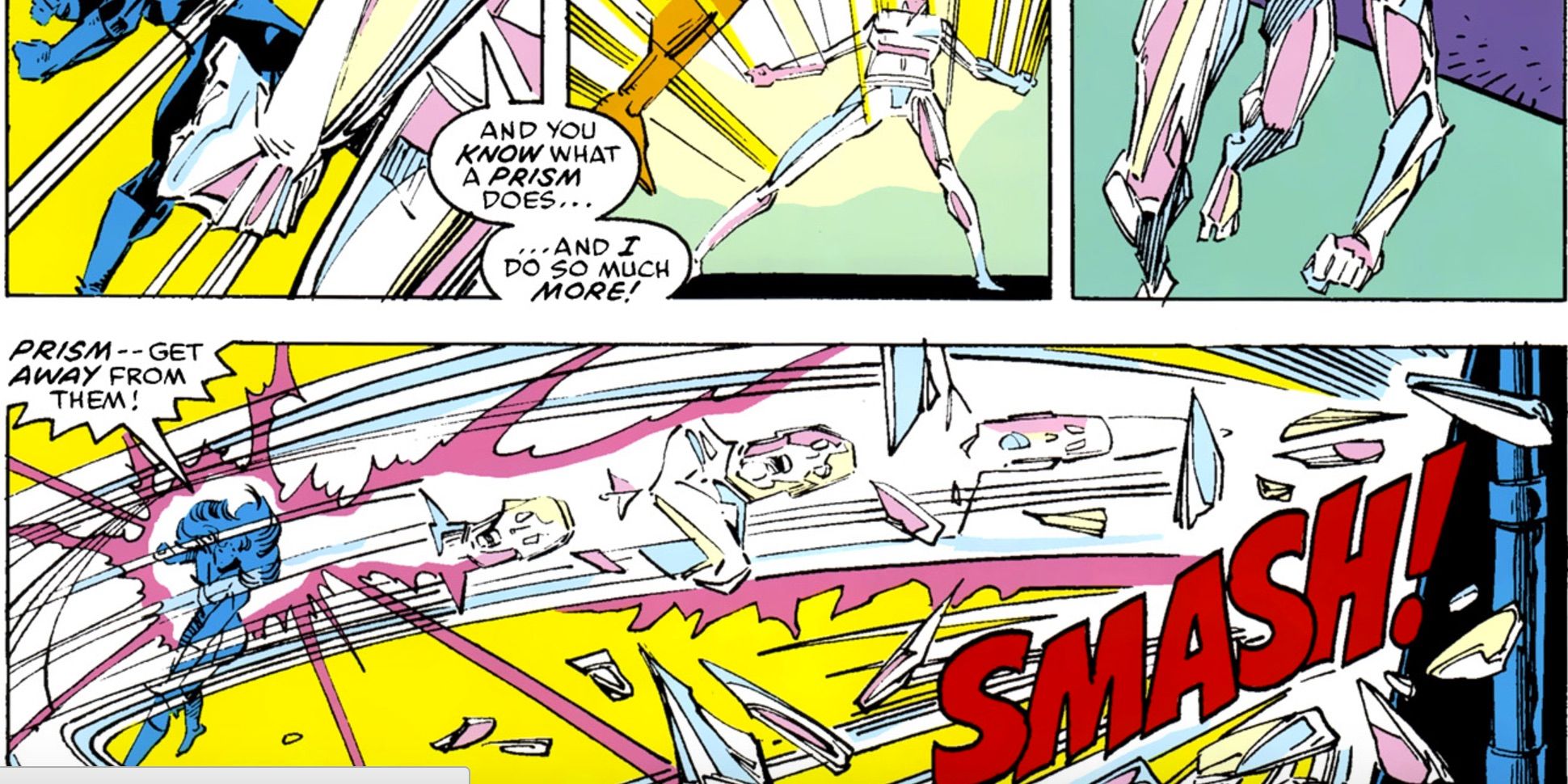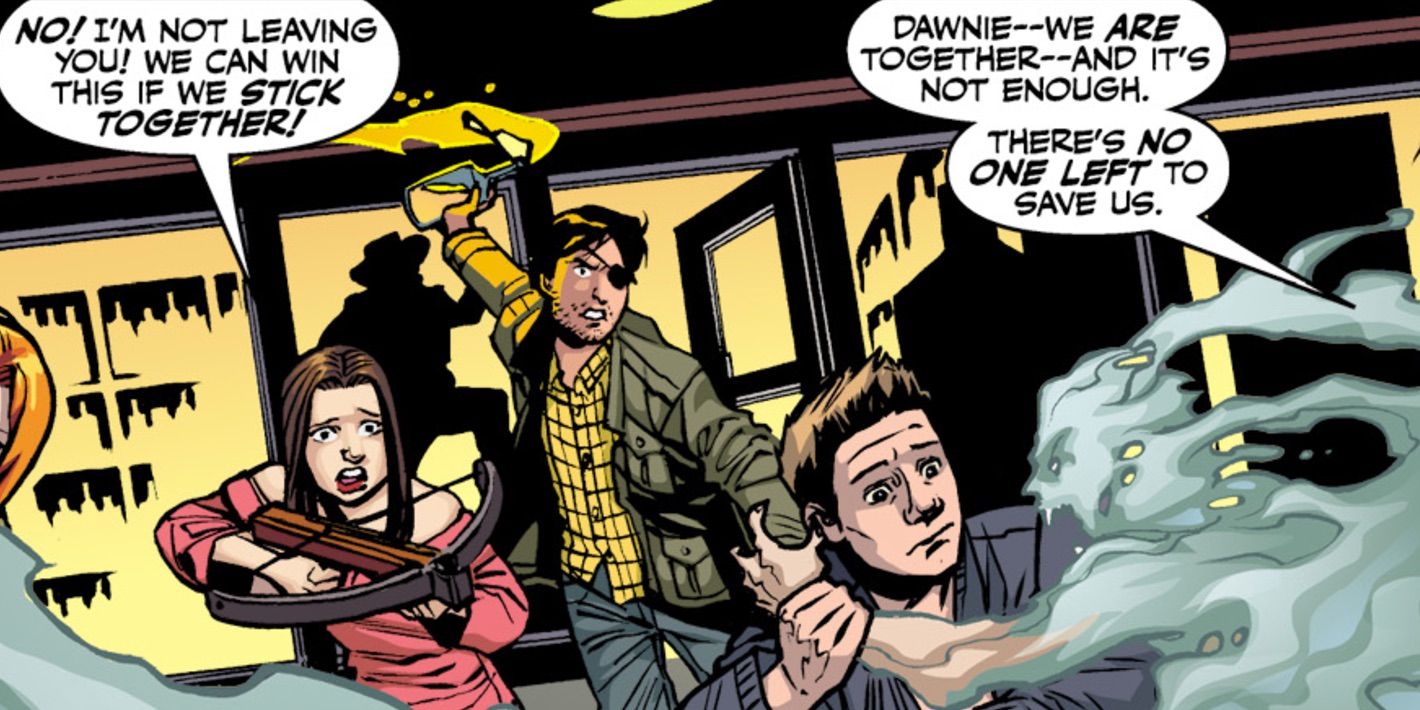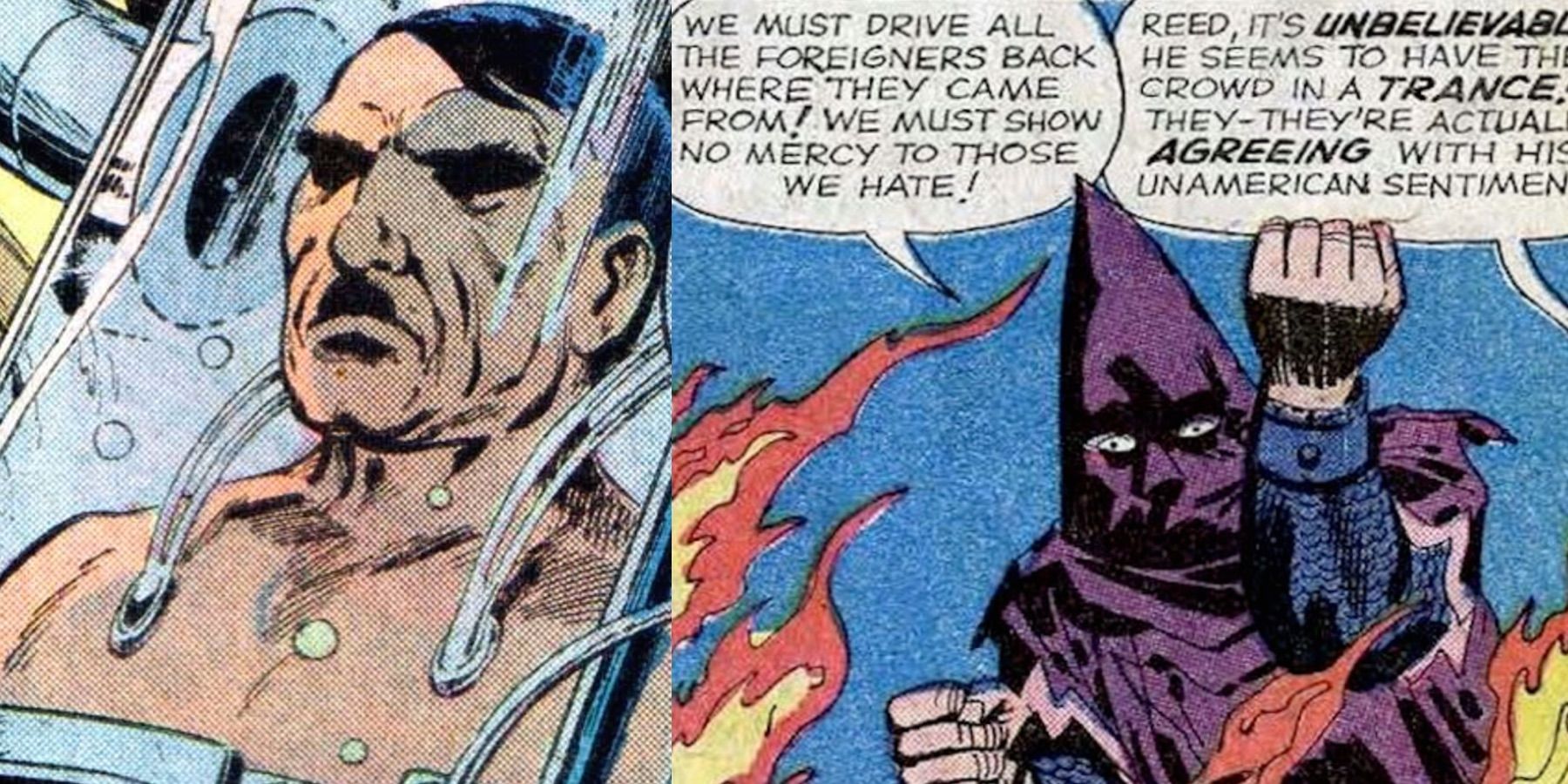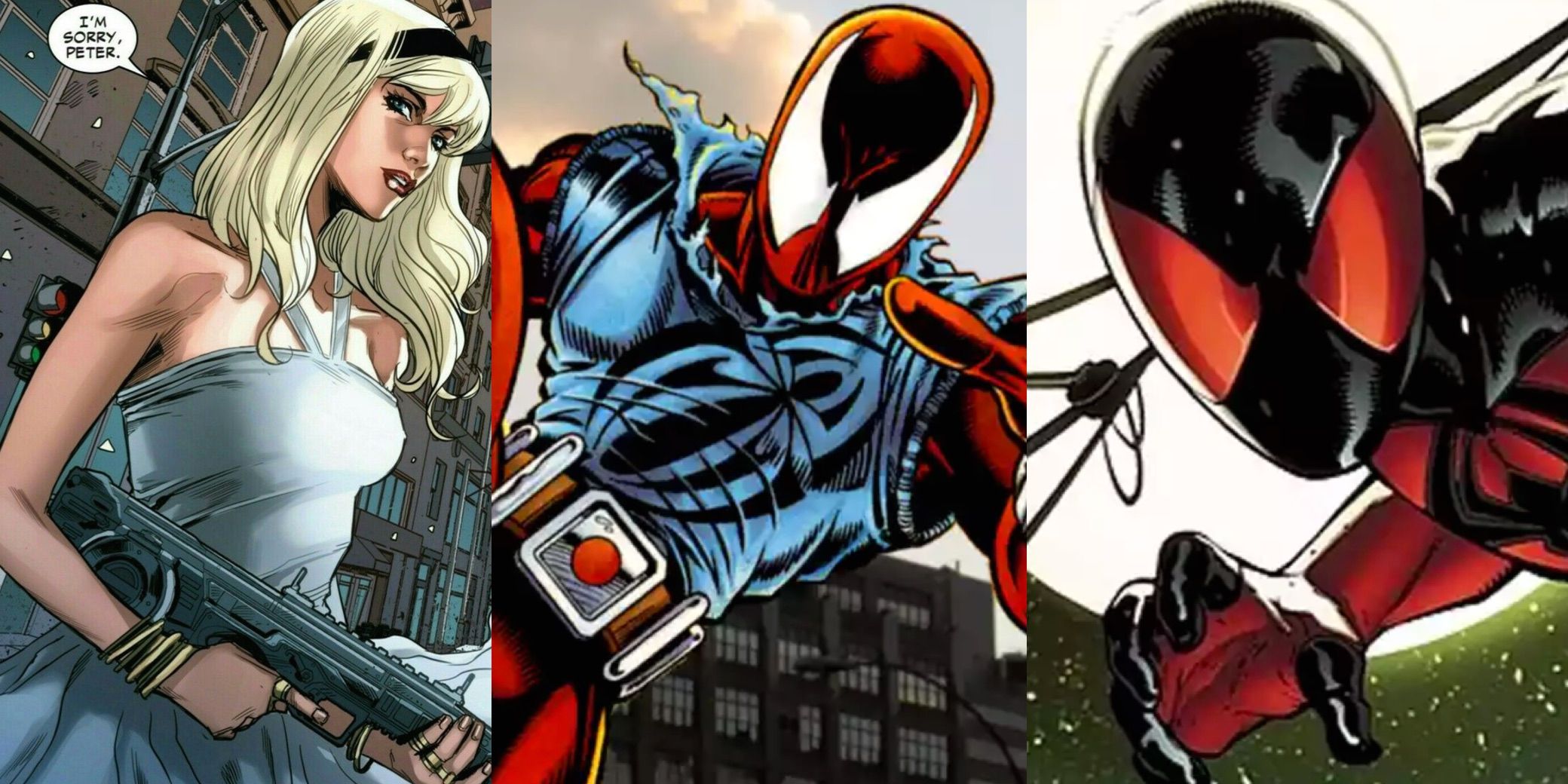There are a few unbreakable rules in the comic book industry: no one stays dead except for Uncle Ben, and nearly everyone has a double. In some cases, that means they have an alternate reality version of themselves they meet up with, like The Flash TV series has demonstrated with its trips to Earth-2. In others, that might mean they have a Life Model Decoy, like Agents of S.H.I.E.L.D. has explored in its fourth season. Another tried and true method of doubling (or tripling, or even quadrupling) a character, of course, is cloning.
It doesn’t matter what comic book publisher you’re talking about, all of them have likely explored the idea of cloning at some point. Marvel Comics has whole storylines devoted to characters not knowing whether they’re actually clones or supervillains creating clones of their teams to serve as cannon fodder to go up against their enemies. DC has often cloned its good guys to create new heroes or to keep the public in the dark about what’s really going on with a character.
One “clone” you won’t see on this list? X-23, whom you might have caught in theaters recently in Logan. Despite her frequently being referred to as a clone, Laura wasn’t. The DNA pulled from Logan included a corrupted X-chromosome, meaning she isn’t an exact genetic replica of him. Though Laura and Logan both had their DNA used to create whole new Weapon X experiments later, none of those clones made the cut.
Check out some of the many ways comic books have used duplicates that you might not have known about as we present 15 Comic Book Characters You Didn’t Know Were Clones.
15. Guardian
Fans of Supergirl will already be familiar with one version of Guardian. James Olsen took up the mantle when he decided to try his hand at being a vigilante during the most recent season of the show. He wasn’t the first James to use the name, though.
Jim Harper was the original Guardian, a police officer who started cleaning up the streets in his own time. Project Cadmus, a research group that’s also surfaced on Supergirl, thought that Harper had perfect genetics, and chose his genetic code to experiment with. They then created James Harper, who took up the Guardian name as well. When he escaped the facility and their control, Cadmus created even more clones of the character to continue their control over Guardian. When he worked for Cadmus, James was their chief of security, but he would also go on to become friends with Superman and join the Justice League of America.
James, like many of the clones who came after him, had enhanced healing abilities, strength, and stamina. Most of his clones were unaware that other doubles existed, or even that they were clones (a recurring theme on this list, as you'll see).
14. Doomsday
We’re not just referring to the Doomsday Clones that have appeared in DC comic book storylines over the years, but the legendary supervillain himself. The beast who killed Superman didn’t just suddenly show up to battle the Kryptonian on Earth one day. He was created long ago on Krypton.
A scientist named Bertron conducted his work on the planet Krypton thousands of years before Superman emerged on Earth. Because the surface of the planet housed some of the most dangerous creatures and hostile environments of the universe, Bertron sought to create something that could survive its encounters with them. He sent a baby to the surface, and when the infant was killed, he used the baby’s remains to clone a new one. The scientist repeated the process for decades until a creature was finally created that could survive the attacks of the beings on the planet.
Part of Doomsday’s hatred of every living thing is the result of his genetic material having memories of those thousands of deaths. In fact, after 40 years of being cloned over and over again, Doomsday finally killed his maker and escaped, and went on to repeatedly go up against Superman as the bad guy comic book readers know (and love) him as...though not necessarily what we got in Batman v Superman.
13. Mondo
Readers spent more than 50 issues of Generation-X thinking they knew the real Mondo, a Samoan superhero-in-training with a team of mutant teenagers. Taught by Emma Frost and Sean Cassidy (Banshee), the team dealt with supervillains as well as teenage angst in their quest to become true heroes. Little did anyone know that the real Mondo was a villain, and the one they’d known all along was actually a clone.
The teenager was actually friends with Emma Frost’s younger sister, Cordelia, but she turned him over to the Hellfire Club in hopes that it would win her favor and gain her entrance. It didn’t, and she went to her sister for help. Emma gave him a spot with Generation-X after rescuing him, though she didn’t know she was actually rescuing his clone, put in place to get revenge on Sean.
Mondo had a unique ability: he was able to take on the properties of any material he touched for a limited time. Once his body “digested” the material, he returned to normal. He could also use the process to actually travel through materials. Both the clone and the real Mondo had the same abilities, though the clone had actually been created from plant matter. Weird, but also not the only clone made that way.
12. Superboy
Like many of the clones in DC Comics, Superboy was the product of an experiment performed by Project Cadmus. Being a clone might not necessarily be a surprise to longtime comic book readers, but there are so many versions of both Superman and Superboy that it can be hard to keep them all straight. This version, Kon-El, sported a leather jacket and liked to remind people that he shared DNA with the legendary Man of Steel.
Project Cadmus set out to create their own version of Superman after the hero was killed in the comics (damn you, Doomsday!). Superboy wasn’t initially meant to be a boy, but after he was cloned from Superman’s genetic material and artificially aged to his teen years, he escaped the facility where he was being held with the help of the Newsboy Legion. What’s interesting about Superboy though is that he’s not a straight up clone of a Kryptonian. Instead, Superman’s DNA was grafted onto a human donor’s DNA. That human was none other than Lex Luthor. So Kon-El has a little bit of the hero and the villain in him.
11. Supergirl
Kara Zor-El and the Earth-2 version of the hero, Power Girl, might be the most famous versions of the character, but they aren’t the only ones. Like Superman and Superboy, there are many iterations of Supergirl across the DC comic book lore. The one we're taking a look at today is Linda Danvers.
Initially, Linda isn’t a hero. She’s an average girl who takes up with a bad boy and gets herself into some trouble. She only became Supergirl thanks to the protoplasmic shapeshifter known as Matrix. When Linda’s boyfriend attempted to sacrifice her to a cult he was involved with, it was Matrix who stepped in, fusing with Linda’s genetic structure and essentially creating a clone of the two of them, since they couldn’t operate without one another. Many of Matrix’s abilities, like her shapeshifting, were lost, but they were able to fly, had super strength, super speed, telekinesis, and more. She became known as an Earth-bound angel thanks to the demons and monsters involved in her comic book arc.
10. Carrion
When Carrion debuted in Spectacular Spider-Man in the '70s, he had it in for the title character. Not only did Carrion go to the Maggia and attempt to put a plan in place to kill the hero, but he also seemed to know a lot of things about Spider-Man he couldn’t possibly have known when he made his debut, like his secret identity.
Once Carrion had kidnapped Spider-Man, it was revealed that he knew so much because he was the clone of someone who knew the truth -- Miles Warren AKA the Jackal. It turned out that Dr. Warren had cloned himself, and the duplicate was busy incubating and maturing when he was killed. That process didn’t stop right away, resulting in the clone becoming more corpse-like in appearance. His plan to kill Spider-Man would, of course, backfire, and he would die instead. While the Jackal (and Miles) would go on to appear again in different versions of Spider-stories, Carrion’s name would be taken on by other men in both the '80s and '90s.
Carrion is hardly the only Spider-Man character to turn out to be a clone though, as you’ll soon see.
9. Manhunter
Originally a big game hunter and a soldier, Paul Kirk was on the verge of death when a mysterious group saved him - at a price. Not only did they help him heal and allow him to continue to work as the heroic Manhunter 25 years after his supposed death, but they also harvested his genetic material and made a whole line of Paul Kirks.
While there was an entire group of clones of Paul Kirk who worked for the mysterious group called The Council, handling security for the group that made them, one in particular didn’t hold much loyalty to them. This particular clone was “programmed” to protect them and act as Manhunter, but he battled against that programming, breaking out from it and actually going up against DC's biggest bad, Darkseid. He organized the Secret Society of Super Villains in hopes of getting them to go up against the Lord of Apokolips, and though he was able to stop Darkseid, he died in the process.
That’s not to say that Manhunter isn’t still out there in some form. With so many clones of Paul Kirk created, if and when the character pops up again, readers won’t know for sure if he’s a clone or not until it’s revealed to them.
8. Wonder Girl
When Wonder Girl was first introduced as a member of the Teen Titans, she was an orphan Wonder Woman rescued and brought back to live amongst the Amazons when no family could be located. Wonder Girl gave herself the name of Donna Troy to be able to interact with others in the real world, and she was often treated as Wonder Woman’s little sister. Over time, that origin story would change repeatedly until a retcon in the '90s gave her one that lands her on our list.
The '90s version of Wonder Girl was not an orphan rescued from a fire, but rather was created by the sorceress Magala from clay as an exact replica of another Amazonian. She was intended to be a playmate for the young Diana, but she was kidnapped and forced to live tragic lives over and over, the memory of her being wiped from the world around her. She got another retcon later, still cloned in clay, but as an adversary, not a playmate. She’s not exactly what we’d think of as a typical clone, but when you take the mythology of Wonder Woman’s story into account, clones don’t have to come from a laboratory.
7. Vertigo
Marvel has an interesting character in Vertigo - in that there is more than one version of her. From the Savage Lands, Vertigo has the ability that her name suggests; she can actually induce symptoms of vertigo in others. Some storylines would seem to indicate that she's has never left the Savage Lands, however, and that she considers them her home. So, how is it that she keeps heading out on missions with the Marauders?
The Marauders happen to work for one truly twisted big bad in Marvel Comics, Mister Sinister. A geneticist, Mister Sinister likes to play with genes and see what shakes out. He’s also got a fixation on Scott Summers (Cyclops) and his family, which has led to all kinds of scientific mishaps in the past. In the case of Vertigo though, it appears he cloned her at one point and used her duplicate as a member of his Marauders team. Though she’s appeared to die in battle several times when he sends the team up against the X-Men, the real Vertigo is still in the Savage Lands.
Then again, maybe she just doesn’t know she’s a clone too. The writers of her character have had a lot of fun playing with the different versions of her without revealing just who was the original Vertigo. We may never get a definitive answer on this one.
6. Black Orchid
Not as mainstream of a character as another plant named woman like Poison Ivy, the Black Orchid is more of a spy than she is a superhero. When she debuted in 1973, her main skill set involved being able to disguise herself so well that she could blend in anywhere. In fact, she usually appeared as a background character in her own story, like a maid or a secretary, until the action kicked into high gear. When she would achieve her objective, she would abandon her disguise on the premises, leaving behind her calling card, complete with a black orchid logo.
The character was retconned a decade later to have superpowers provided by her genes being manipulated with that of a plant’s. It’s this iteration that actually became a clone as well. When she was killed, her body was identified as plant material rather than that of a human being. The original Black Orchid’s DNA was actually housed in a greenhouse and kept alive, producing more Black Orchids after her death. DC’s New 52 revamp created yet another version of the character, but it’s not clear whether or not clones are still in play.
5. Omega Black
Omega Black was a member of the Omega Clan, so called because all of its members shared a genetic origin. She doesn’t have a ton of comic book appearances, and some readers mistakenly identify her as the original genetic source, with the rest of the clan being her clones, but that’s an easy mistake to make. Instead, she and her comrades are all clones, coming from the same original DNA.
Omega Black and the rest of the Omegas were all cloned from the DNA of Omega Red AKA Arkady Rossovich, the Russian equivalent of a Weapon X experiment. While Omega Red had a “death factor,” meaning he released deadly spores that weakened his opponents, bringing them closer to death, and could also steal their life force, Omega Black’s abilities were slightly different. Despite sharing his DNA, she had to physically touch her enemies with her tendrils, at which time she could use them to spread different kinds of illnesses to them. At one point, she was instructed to cause cancer to spread in Deadpool.
With less than a dozen comic book appearances since she was created in 2012, her story could always change, though.
4. Prism
Prism is one of those characters in Marvel Comics who has died and come back to life so many times that readers might assume (thanks to experience with the industry) that his stories simply mean there’s been lots of retcons going on. That’s not the case. Prism, like Vertigo earlier in the list, had some dealings with one very clone-happy bad guy.
When Prism was first introduced with the ability to crystallize his body into a substance that would not only refract light, but most forms of energy, he made the mistake of going up against Jean Grey in battle. He battled members of various X-Men related teams as a Marauder for Mister Sinister, and all it took was Jean throwing him up against the wall once to shatter him, thus, killing him. Prism continued to pop up in different teams put together by Mister Sinister, even though he was supposed to be dead.
Mister Sinister, thanks to his scientific curiosity, has made sure he’s always ready for a little set back like his teammates being killed. Several of those villains he recruited, like Vertigo earlier in the list, were cloned repeatedly so that he was never short on foot soldiers to fill a battlefield. While we want to applaud Sinister for being prepared, there’s no denying this only adds to his creep factor.
3. Dawn Summers
One of the only characters on this list to not initially be a comic book character, some fans reading the Buffy the Vampire Slayer comics, which continue the canon of the television series, might have forgotten that Dawn hasn’t been a part of the story since the beginning. While Buffy slaying demons involves the mystical and magical instead of the scientific, that didn’t stop the writers from giving the character her own version of a clone.
Dawn inexplicably appeared during the show’s run as Buffy’s younger sister, despite the Slayer having always been an only child. Some viewers hated the character, others rolled with it, but most were simply confused by the sudden appearance. It was later revealed that Dawn had a more magical beginning. She was actually a mystical key, but to protect that key from forces of evil using her, a group of monks used Buffy’s own blood to create a whole new person out of that key. Not only is Dawn magic, but she’s also technically Buffy’s clone as a result. (There’s an interesting question here as to why Dawn never had the abilities of a Slayer, since she’s basically Buffy, but that could be chalked up to a simple plot hole.)
When Buffy discovered the truth, she didn’t turn on the girl, who had a whole host of memories of actually being the hero’s sister and didn’t know the truth. Instead, Buffy sacrificed her own life to take the key’s place so that Dawn could live. This was a show about magic, so, of course, when the series was renewed, Buffy was resurrected, and the two continued to live as sisters. Dawn figuring out who she is has become a big part of the comics.
2. Adolf Hitler
Yes, everyone knows that Adolf Hitler was a real person. He was a political leader in Germany and ushered the country into World War II - and he was responsible for the deaths of millions upon millions of people. Because of the real-life horrors associated with him, genre writers love to use him as a villain. He gets a lot of attention in time travel stories (like Legends of Tomorrow or Doctor Who on television), but he’s also had a few clones in the comic book realm.
In DC Comics, Hitler was cloned by a scientist by the name of Madame Ovary (yes, really), but he was essentially a blank slate that looked like Hitler. The villains who wanted to use him to their advantage forced him to watch Nazi propaganda videos in hopes of turning him into his Nazi self. Yikes. The clone who would be Hitler realized what was wanted of him, and he killed himself rather than become a villain.
Marvel Comics has managed to get a little more mileage out of Hitler as a villain, since so many of the comics have their roots in WWII stories. They featured a clone of the villain way back in 1963 as well. Hitler’s own scientists created clones of him, and even transferred his consciousness to one in particular who would become the villain Hate-Monger. With no special powers, he was armed with a “hate-ray,” which he used to shoot a beam at his enemies that caused them to experience blind hatred of those around them. Each time one of his clones was defeated, his mind was transferred to a new body, which means, at least in Marvel Comics, he’s still a viable villain.
1. Pretty much every Spider-Man character ever
Okay, so maybe every Spider-Man character ever doesn’t have a clone just yet, but give it time. Cloning has been a huge part of the Spider-Man stories since they first began. That’s due in large part to science being such an integral part of the story of Peter Parker’s life. He’s a smart kid, and most of the villains he goes up against happen to be scientists gone bad. It’s not just the villains like Carrion who turn out to be clones, either. Oftentimes, the clones are the good guys.
In addition to Peter himself having a few clones out there in the pages of Marvel comics (Ben Reilly being the most notable, though Jessica Drew is also his clone in multiple continuities), Gwen Stacy, Mary Jane Watson, and more of his allies have seen duplicates of themselves as well. In fact, cloning is such a huge part of the story that the '90s saw “The Clone Saga” and 2016 saw “The Clone Conspiracy” as major arcs. As a result, characters readers think they know could turn out to be clones in just about any issue. It keeps readers on their toes and it makes anything possible, as it provides a deft way for any character to return to the page - except for Uncle Ben, of course.
--
Did we hit you with any surprise characters in this list? Do you have another comic book clone that you don’t think gets the love they deserve? Let us know in the comments!

